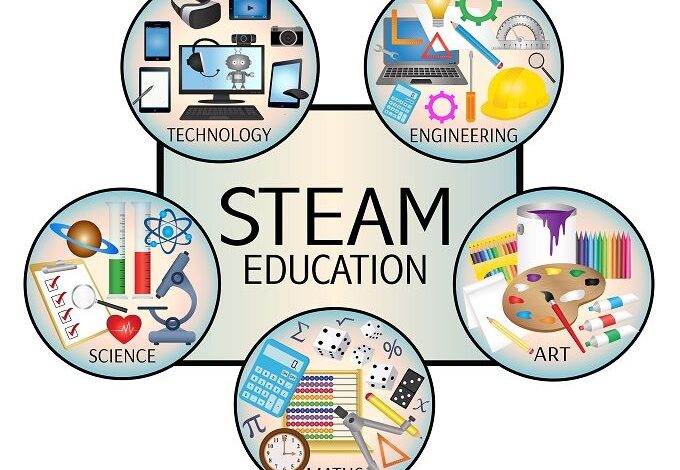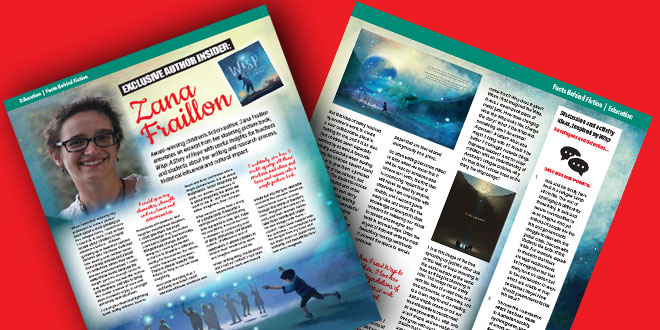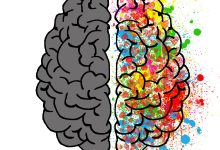STEAM Classrooms: Creative Spark and Critical Rigour
The tech boom and a global skills shortage has redefined educational priorities over the past decade as STEAM industries grow.

Rather than teach Science, Technology, Engineering, Arts, and Mathematics as separate subjects, STEAM schools integrate these learning areas with real-world applications and project-based pedagogy. Each area alone encompasses a vast range of potential future pathways for students than schools can draw from in their project design—for instance, engineering encompasses civil and chemical, as well as electrical and mechanical. Teachers should refresh their understanding of all these different fields when they consider STEAM curriculum design.
Why build STEAM programmes into your curriculum?
As well as helping to produce tomorrow’s designers and engineers, STEAM programmes help develop innovative mindsets, critical thinking, and problem-solving abilities that ensure our students become creators, not just consumers, regardless of their chosen field. STEAM learners become flexible thinkers, and the emphasis STEAM programmes place on creative problem-solving develops thinking strategies that are not just useful in any future learning or career pathway, but also appeal to most industries.
STEAM-based teaching and learning exists to enrich existing subject areas with a more dynamic application of tools and technologies. A STEAM teaching mindset, for example, encourages the use of coding, laser cutting, and robotics into your History, English, or Arts classroom.
And vice versa, when thinking about science education: “Integrating arts activities can decidedly enliven the curriculum content, make lesson outcomes more successful and interesting to both teachers and students, and introduce powerful and inspired creative thinking into the teaching-learning process,” note Sousa and Pilecki in From STEM to STEAM: Using Brain-Compatible Strategies to Integrate the Arts.
How to build a STEAM classroom
Constructing a STEAM classroom requires flexible, adaptable furniture design that can cater to digital learning as well as hands-on activities required for arts and engineering projects.
Modular tables and desks are useful for this reason and can even come with whiteboard surfaces that students may use to flex their creativity and brainstorm in groups. Schools can even take a STEAM approach to the design process by engaging 3D design apps that allow you to virtually configure and reconfigure your teaching spaces for different learning activities. These solutions mean teachers are encouraged to link the learning environment to their pedagogy, building a STEAM classroom that is both artful and practical.
Learning space design that facilitates a STEAM programme is how schools can maximise their students’ ability to thrive in their new STEAM curriculum. STEAM classrooms are designed to give students the tools they need to trial their ideas, experiment with solutions, and, most importantly, provide enough flexibility and variety for them to switch activities or try something else!
To cater to all the possibilities your STEAM programme holds, classrooms should be created with multi-use in mind. Easy access to power points, digital storage and charging capabilities, as well as easy-to-clean art stations, and computer or tablet devices for app integration, allow for more seamless sessions of learning.
International expert in the field of STEAM, Professor Georgette Yakman told Associate Professor Zhao Hui Chen and Master Lu Xiaoting from Henan University, in a 2016 interview on the development of information technology research, that schools should take steps to increase the quality and depth of their STEAM outcomes: “To help STEAM achieve better results, I recommend: Each school should have a STEAM certified coordinator.
“As a course specialist, application writer and community liaison, these coordinators should be familiar with the interrelationships of education, science, technology, engineering, art, mathematics, and other disciplines, such as career planning, problem-based learning and curriculum integration.
“Purchasing equipment and design courses should have the vision of sustainable development, both based on the actual situation of STEAM education, but also to meet the future needs of STEAM education. In order to meet the needs of STEAM education, to achieve the deep integration of information technology and STEAM education, teaching methods such as the use of flip-class activities should be used.”
For those unfamiliar with flip-class, the ‘Flipped Classroom’ is a blended learning model in which traditional ideas about classroom activities and homework are reversed, or ‘flipped’. In this model, instructors have students interact with new material for homework first. It can provide a blank canvas for students to stimulate creativity and encourage unique innovation, perfectly STEAM-appropriate.






